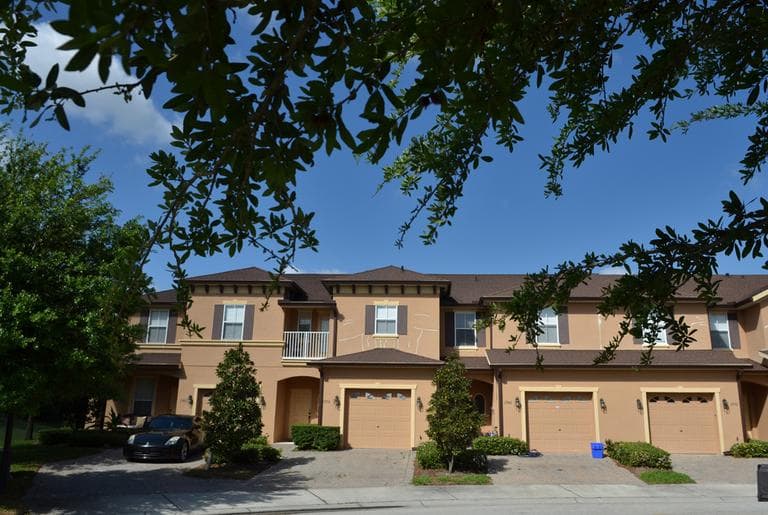Advertisement
Did Gated Community 'Groupthink' Play A Role In Trayvon Martin's Shooting?
Resume
The death of Trayvon Martin has raised a lot of questions, including this one: Why is a child dead? For author Rich Benjamin the answer is not racism, he says that would reduce the shooting.
He says the more accurate answer is gated communites. Martin was killed by George Zimmerman in the gated retreat at Twin Lakes community in Sanford, Florida, and Benjamin says such communities exacerbate biased treatment against the young, the colored and the presumably poor.
As he writes in the New York Times:
Gated communities churn a vicious cycle by attracting like-minded residents who seek shelter from outsiders and whose physical seclusion then worsens paranoid groupthink against outsiders. These bunker communities remind me of those Matryoshka wooden dolls. A similar-object-within-a-similar-object serves as shelter; from community to subdivision to house, each unit relies on staggered forms of security and comfort, including town authorities, zoning practices, private security systems and personal firearms.
"Here George Zimmerman is having shot an unarmed black teenager who never confronted him in the first place. What is the mentality behind that? It is a gated community bunker mentality," Benjamin told Here & Now's Robin Young.
But MIT grad student Zach Youngerman has another take — he writes in the Boston Globe that the neighborhood's design may have been a factor:
Most of the Retreat at Twin Lakes lacks a conventional sidewalk - a public pedestrian thoroughfare parallel to vehicle traffic but protected by a curb. Together with a landscaped tree belt, parking lanes, and occasionally bike lanes, sidewalks and roads make up what is called the public right of way. Without public rights of way, we would all be constantly having to trespass on private land or pay tolls to get anywhere. This was the situation Martin faced inside and outside the gated subdivision.
Youngerman said that driveways replace front doors and porches and "a human interface with the street." He also points out that less than two percent of the population in Sanford walks to work, and much of the area has been designed with cars in mind.
"Walking is an equalizer and when we're stuck in our cars there's a defense put up," he said.
- Boston Globe: Imprisoned By Their Fears
Guests:
- Rich Benjamin, is a senior fellow at Demos a non-partisan research center. He's also author of "Searching for Whitopia: an Improbable Journey to the Heart of White America."
- Zach Youngerman, graduate student of city planning, city development and design at MIT
This segment aired on April 30, 2012.